Mark Waid, Christopher Priest, Gerry Conway, Mindy Newell and MORE talk about the comics that inspired them…
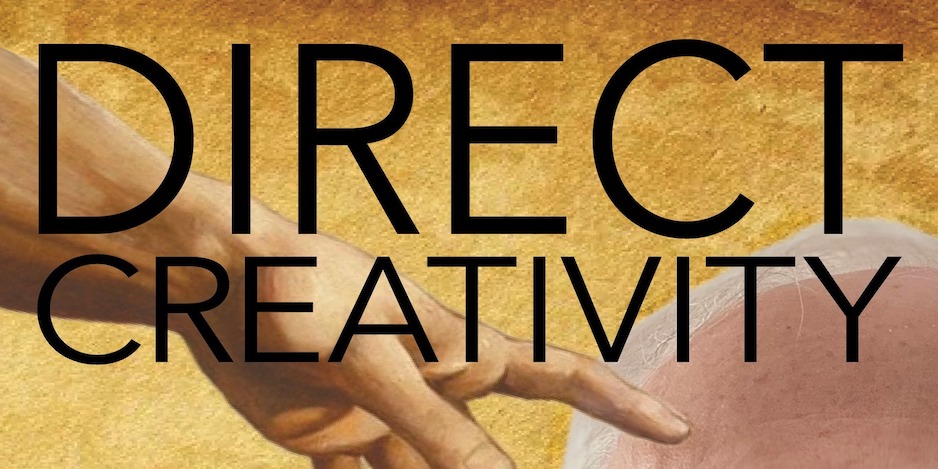
By PAUL KUPPERBERG
Groovin’ Dan Greenfield said it best in his introduction to Direct Creativity: The Creators Who Inspired the Creators: “(Their stories) are almost all exactly the same, but also wildly different.”
They are comic book creators D.G. Chichester, Mike Collins, Gerry Conway, Mike DeCarlo, J.M. DeMatteis, Dan DiDio, Marc Guggenheim, Joe Illidge, Barbara Kaalberg, Tom King, Mark Millar, Mindy Newell, Mike Avon Oeming, Chuck Patton, Christopher J. Priest, Rick Stasi, Roy Thomas, and Mark Waid, and the stories they’re telling are of the people and things that inspired them to create comics in the first place.
Where you’ll be able to read their stories is in Direct Creativity: The Creators Who Inspired the Creators which is now funding on Kickstarter!
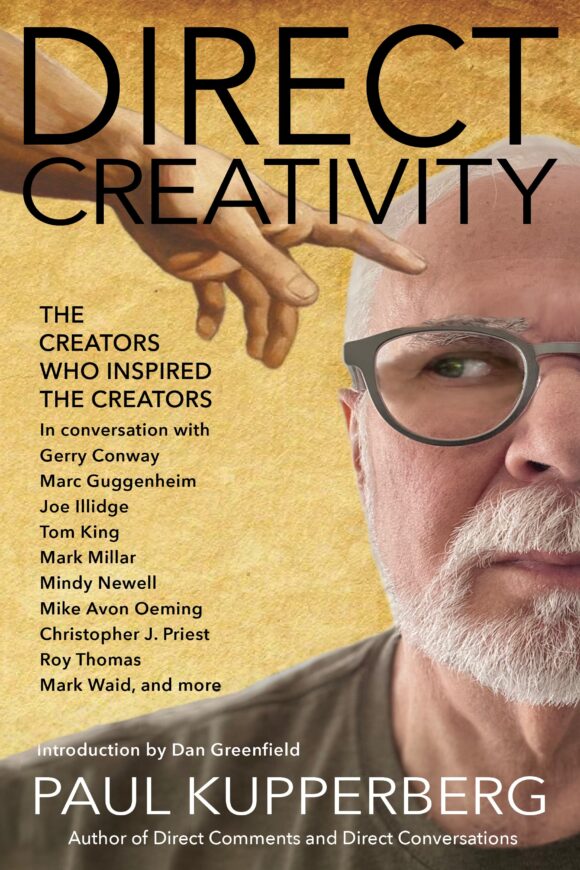
Direct Creativity is a follow-up to Direct Comments: Comic Book Creators in their Own Words and Direct Conversations: Talks with Fellow DC Comics Bronze Age Creators (both of which are available as add-ons to the Direct Creativity Kickstarter). This time, I talk to 18 different writers, artists, and editors, asking them all this same question:
Who, or what, inspired you most in your development as a comic book creator?
I’ll be sharing some of their answers over a few installments here on 13th Dimension while, of course, simultaneously flogging the Kickstarter campaign, which I hope you’ll check out and support!
Here then, MY 13 FAVORITE DIRECT CREATIVITY QUOTES, PART 1: CREATIVE INFLUENCES.
—
Gerry Conway. “I read all the Marvel superhero titles. I wasn’t into the Westerns, and I’d read the war books now and then, but I’d plunk down my 20¢ for any Marvel superhero book. I was addicted to them. And I loved Julie Schwartz’s books almost in spite of themselves. They were inherently silly and self-contradicting, and I loved them. Gardner Fox and Stan Lee were my two favorite writers. But I was a huge fan of Stan’s early work on Fantastic Four and Amazing Spider-Man, particularly the stuff in the mid-’60s.

“I consider the peak period of FF to be #45 through #60. He was inspired, obviously, by the work that Jack Kirby and Steve Ditko were doing, but it even carried over to the second-tier books, like Iron Man. It was a wonderful period for Captain America too. Stan had gotten into a rhythm and that stuff was just unbeatable. At the same time at DC, Gardner Fox and John Broome were dominating. The stories might have been silly, but they kept you reading. Justice League of America was one of my favorite books.”
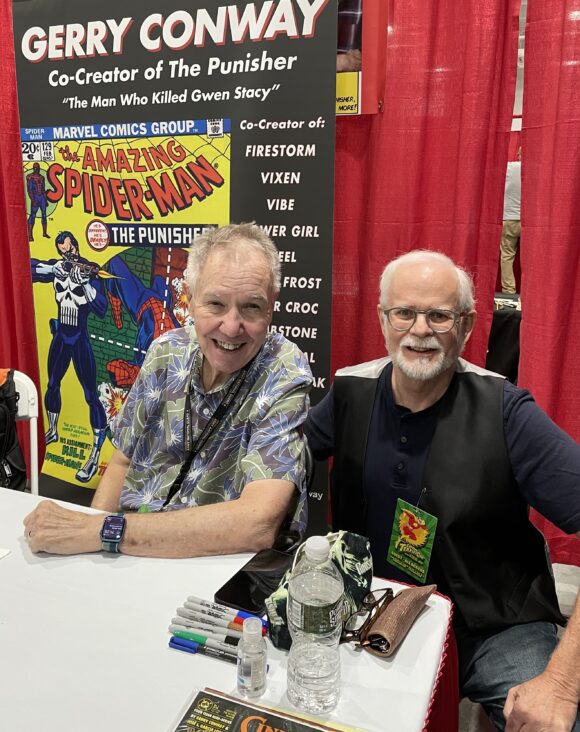
Conway and Kupperberg
—
Christopher J. Priest: “Once I kind of understood that different artists had their own unique styles, it dawned on my little pea brain that, well if artists had different styles, writers probably did as well. That’s when I started to just pay attention to who was doing the writing and seeing which ones stood out to me, and it was the writers working in a more realistic fashion, who didn’t treat things with an elevated or heightened reality but was sort of like basing as much of the story as possible in what I consider to be the real world. And that writer was Denny O’Neil.
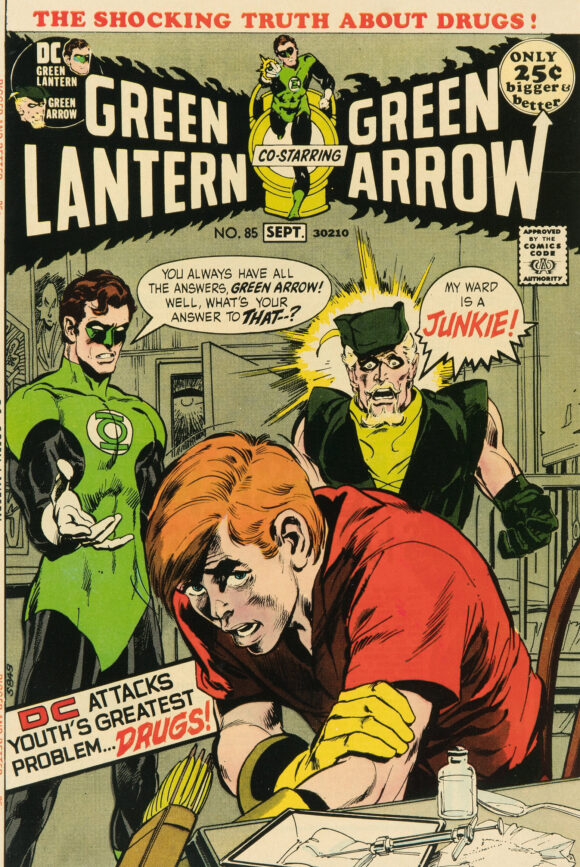
“Denny O’Neil was writing these Batman stories, these Green Lantern and Green Arrow stories, and despite the heightened realism of superhero comics, he took what he was writing seriously. And because of that, when he got to the larger-than-life parts of a story, when Jack Ryder transformed into the Creeper, it really popped. Denny created a believable balance between the reality and the super-real.”
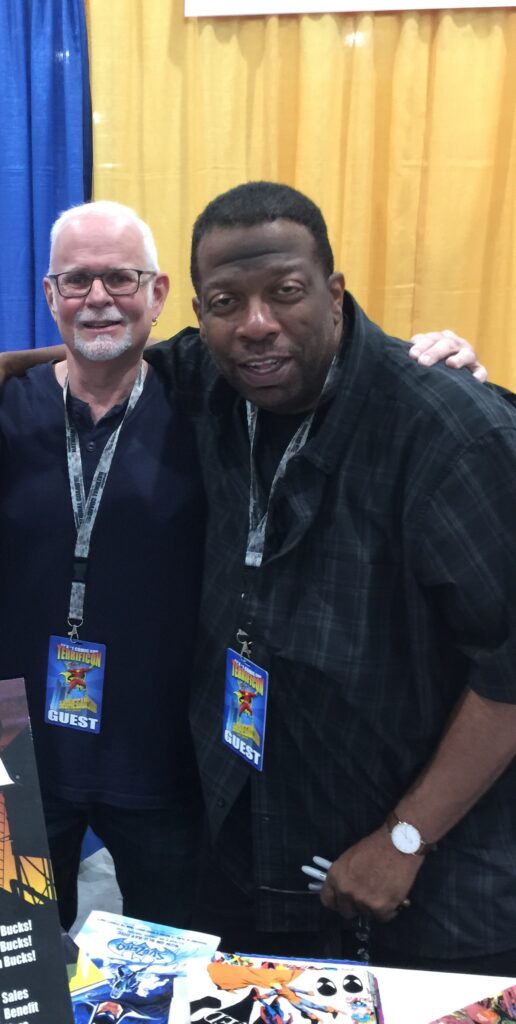
Kupperberg and Priest
—
Mark Waid: “One (of my influences) was Marty Pasko (1954 – 2020), and I told this story on the little private online memorial we were both part of, but it really shows the power of emotion in storytelling. It was a page in a story in Action Comics #500 (October 1979), The Life Story of Superman, by Marty, Curt Swan, and Frank Chiaramonte. Superman is talking about when Krypto landed on Earth when he was Superboy, and what it felt like to finally have someone who could understand what it felt like to be super, to have the wind in your face as you flew, or the sound that bullets make when they bounce off living flesh. Someone to share that with, and that one page opened up so much for me.
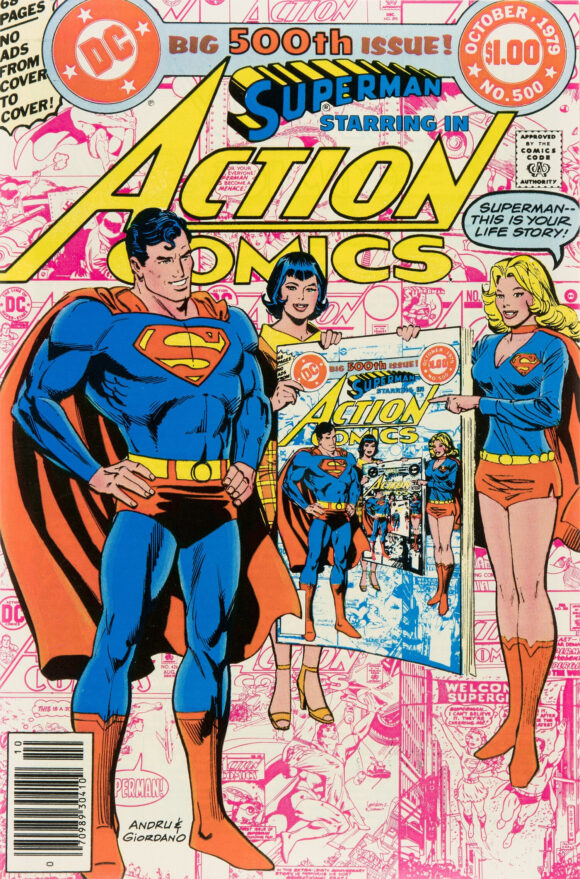
“It’s about character, stupid! Not intricate puzzle-level plots. It’s about character. Live in the suit, not just in the character’s head and with just the kind of person they are, but what they are.”
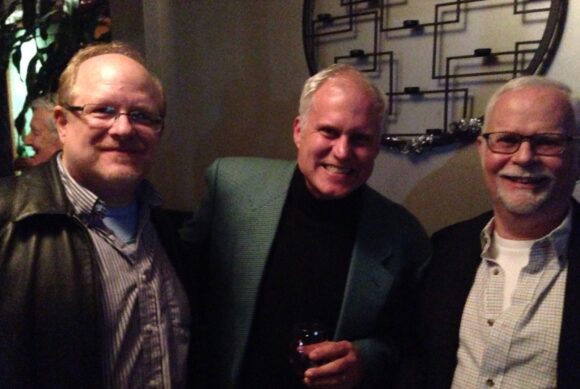
Waid, Ed Catto, Kupperberg
—
Barbara Kaalberg: “I came into comics completely ass-backwards. I worked in a Rexall drugstore starting when I was 14 and was there for three years until I graduated high school. And one of my jobs as a soda jerk-slash-pharmacy clerk was to stock the comic book and magazine spinner rack. Whatever comics didn’t sell, we’d rip off the front covers and the owner would turn those over to the distributor for credit. We were supposed to throw the unsold comics in the Dumpster but sometimes I missed the Dumpster, and they landed in the trunk of my car.
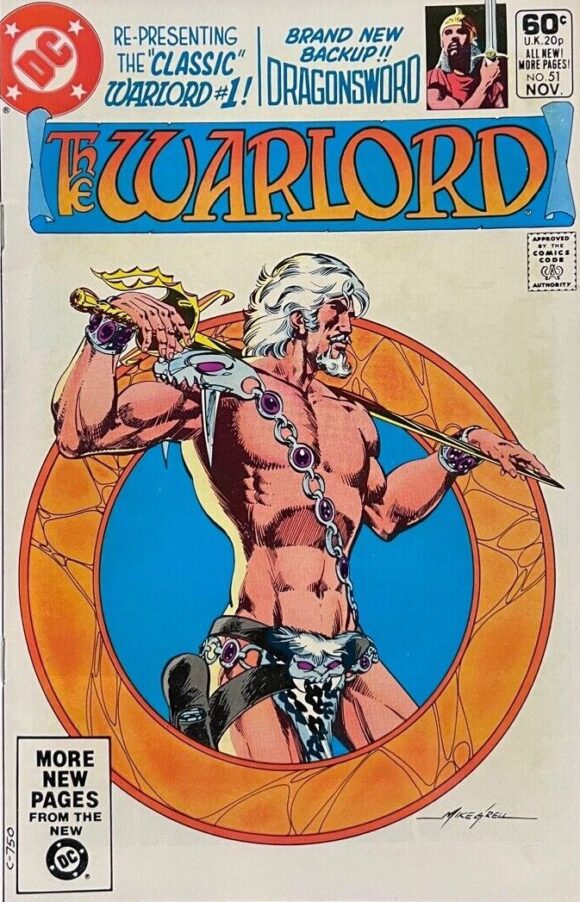
“So, I had tons of free comics, and I was completely hooked on Mike Grell’s Warlord from DC Comics. I mean, I was a 14-year-old girl and there’s Travis Morgan, this gorgeous hunk of man running around in nothing but a skull cod piece. I mean, come on! [Laughter]”

Kaalberg
—
Dan DiDio. “When I got a little older, I was a regular reader of (Jim) Warren’s Famous Monsters of Filmland (1958 – 1983). But before that, I had the Gold Key adaptation of King Kong (1968), the one with that beautiful orange cover. Sometimes it was a book or a movie that brought me to a comic, like the Classics Illustrated adaptation of 20,000 Leagues Under the Sea (1948), but, of course, the big one for me is Amazing Spider-Man #40 (September 1966), Spidey Saves the Day!, the one with the cover of Spider-Man standing over the Green Goblin.
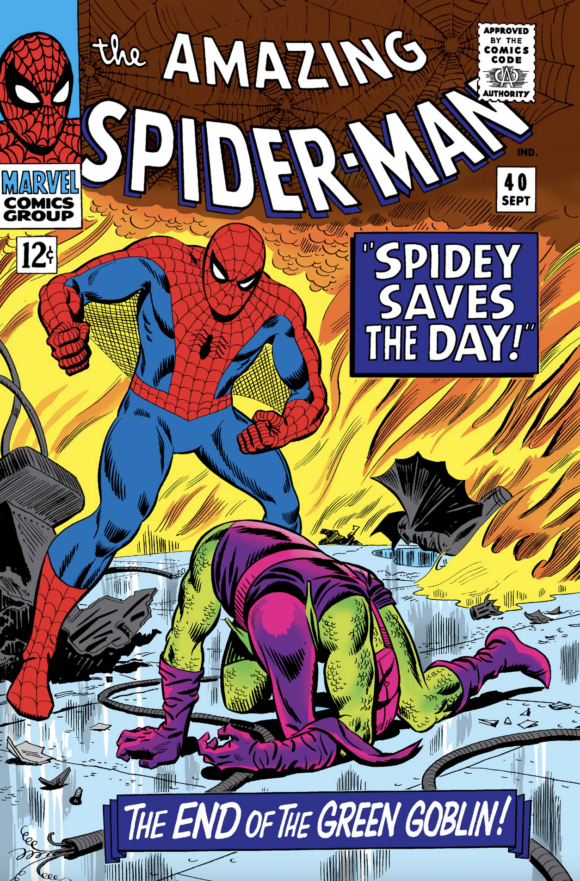
“I knew the Goblin from the 1967 Spider-Man Saturday morning animated series, which I loved, and I also loved all things horror, so I gravitated immediately to the Goblin. Then, like I say, I found Famous Monsters, which led me to The Monster Times (1972–1976), which was mostly about horror, but they published a lot of stuff about comics. And there weren’t very many at the time, but I also discovered books about the comics industry, like Jules Feiffer’s The Great Comic Book Heroes (1965).”
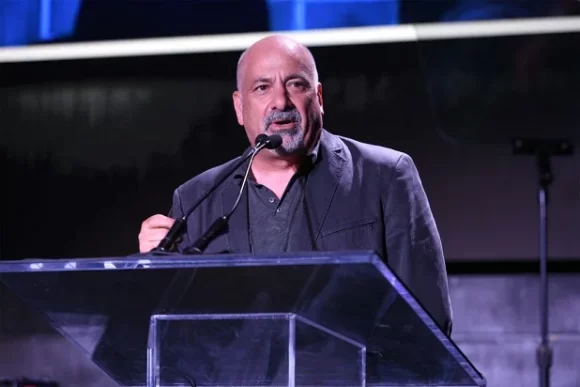
DiDio
—
D.G. Chichester: “Some artists can really elevate a story with the energy they bring to it. Some just jumped out at me, and still to this day, someone like Jim Aparo. He had a great line; everything was so angular. Mike Grell was another one I really appreciated and admired. Warlord was a book that really leapt off the shelf at me. At the time, I was not familiar very much at all with Edgar Rice Burroughs, whose concepts Grell probably leveraged in creating it, so it was all totally fresh to me. And then he started to tease out the reveal that there was technology behind this whole world and these barbarian characters… it felt like such a great combination of styles.
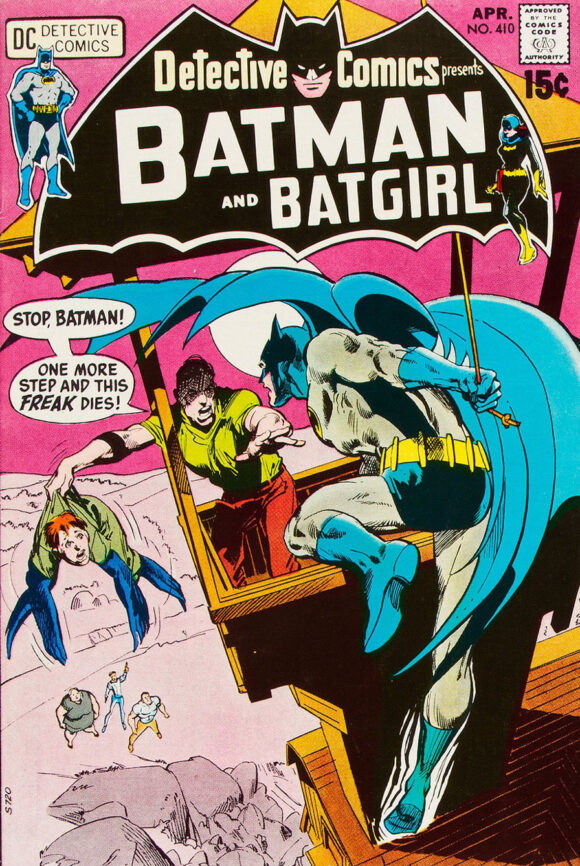
“Bernie Wrightson was also a big influence. He made me a fan of horror. And Denny O’Neil and Neal Adams in those Batman and Detective Comics stories were really distinguished for me.”
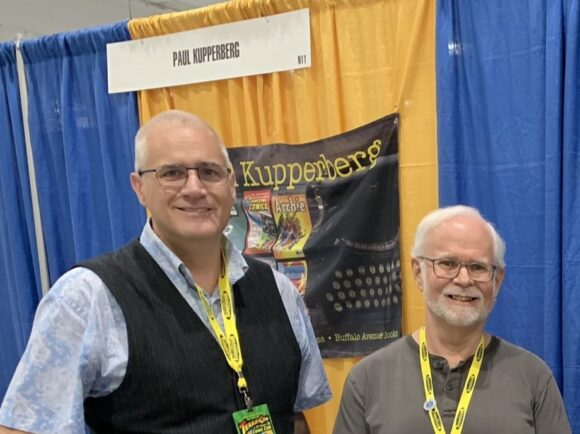
Chichester and Kupperberg
—
Mindy Newell: “(Comic books) were just laying around the bunk at camp, I had no idea who owned them, but I picked up an issue of Superman or Action Comics, I forget which, and there was also some comics with Adam Strange, I think it was Strange Adventures, right? And I just totally fell in love with them. Later I’d find… I didn’t know it was Jack Kirby, but I found the Fantastic Four and then Steve Ditko’s Spider-Man.
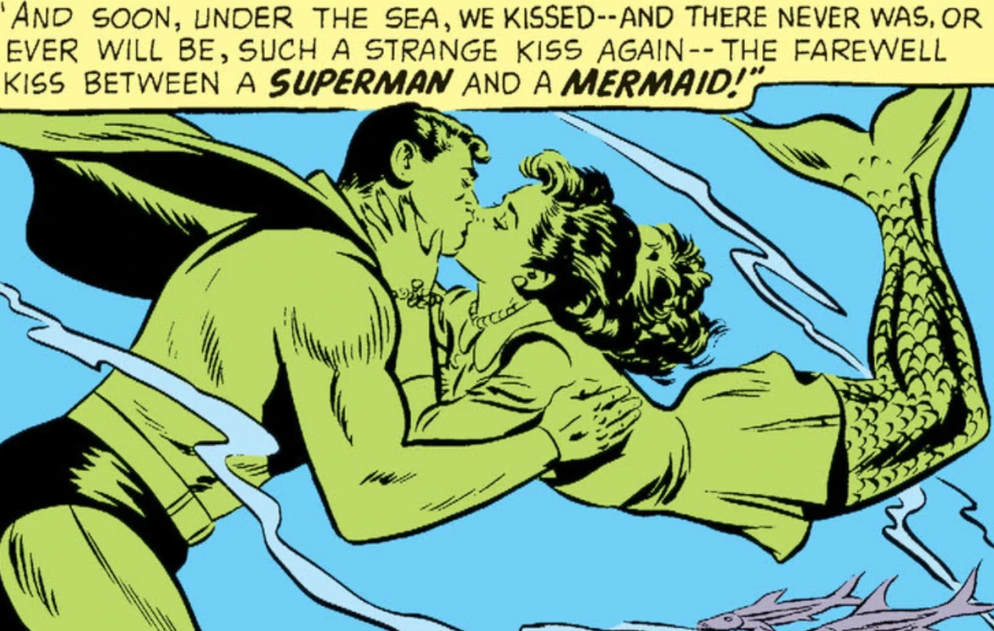
“Those first Superman stories I read I now know were drawn by Wayne Boring. I liked the stories despite the art, I think. I knew who Superman was from seeing George Reeves on television and he was very handsome, but to my five-year-old eyes, Boring’s art was very stiff and square. But then, I loved his stories featuring Lori Lemaris, Superman’s mermaid girlfriend from Atlantis, and especially the ones set on Krypton. The way Boring drew Krypton came to be the way it was supposed to look to me. Then I discovered Supergirl in Action Comics.”
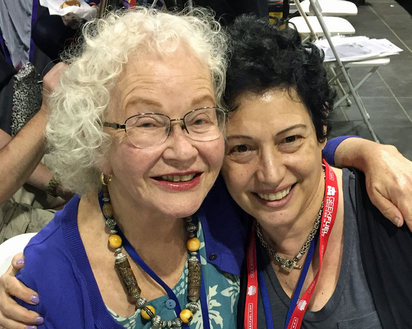
Trina Robbins and Mindy Newell
—
Mark Millar: “I was never really interested in Britain or British comics. Growing up here, it felt like, you know, the war was over, the Empire was gone, and Britain’s best days were in the past. But America was always the shiny new country. The Scots and the Irish had a real love affair with America, and New York in particular. And I had this really romantic notion of America because it was where Superman lived. That’s where Batman lived. It just seemed like a cool place.

“I grew up with DC Comics on sale in my little local neighborhood shop. The distribution was funny because they got as many copies of big books like Superman or Batman as they did I, Vampire or Creature Commandos, but basically, every shop got one copy of every book. So, I grew up really conversant in DC in particular, and I just always knew that this was where I was gonna work. I just never anticipated doing it from the UK, because all my heroes were Americans.”
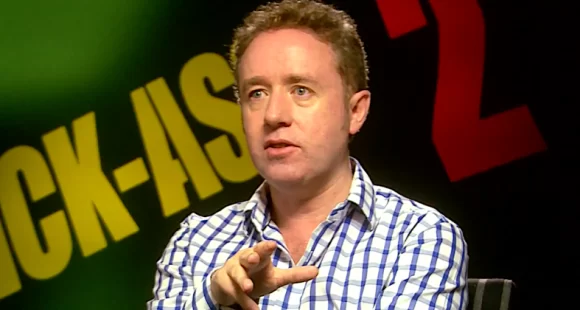
Millar
—
Chuck Patton: “Yes. There were comics all over the house. I’m very grateful to my family, and when I talk about my family, it’s a very interesting position because I have my natural family, who are very talented people, and then I have my foster family, who were the ones who basically nurtured and raised me. We were primarily a DC, Gold Key, and Dell household, and there always a ton of romance comics. But my older sisters were buying the comics, but they were also into science fiction and superheroes.
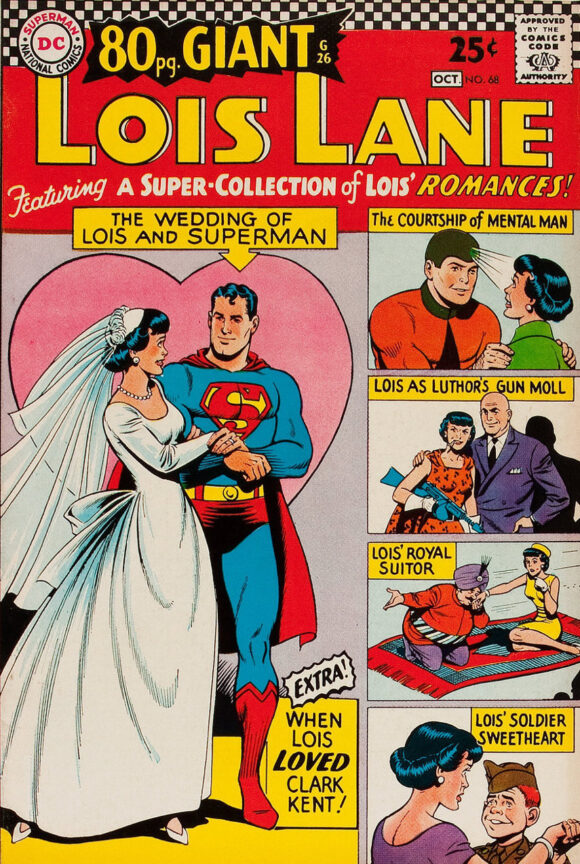
“Later on, I realized they got Batman for me, but otherwise I remember a lot of Lois Lane comics, which is how I learned about Kurt Schaffenberger and those artists. Yeah, we were probably getting 20 different comics a week.”
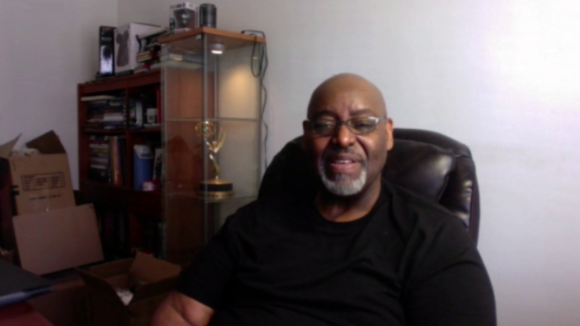
Patton
—
Rick Stasi: “I loved Mort Weisinger’s Superman titles, and the Jack Schiff pre-New Look Batman titles, but I was growing up and I started to need something more. And that’s when the New Look Batman hit, by Carmine Infantino and Joe Giella, John Broome, and Gardner Fox, and of course Julie Schwartz. I was electrified. I’m sopping those up like bacon gravy with a biscuit and at the same time I’m seeing Marvels on the stands and I’m thinking those were weird. They looked dirty, because the production values looked cheap, and the colors kind of muddy.

“My heyday with Marvel would come later when I followed Gil Kane over there from DC. I came around to being a fan of what Marvel was doing, but I really go back to your words: I’m a DC kid. But not so much because of DC, but because of George Reeves.”

Stasi, Supergirl and Kupperberg
—
Joe Illidge: “(Paul Levitz) and Keith Giffen’s The Great Darkness Saga (Legion of Superheroes #284-296, 1982)… that came out when I was in junior high school and that’s when I thought that Legion was the coolest comic on Earth. But the X-Men stayed in my blood too. I was all about the mutants for a long time.
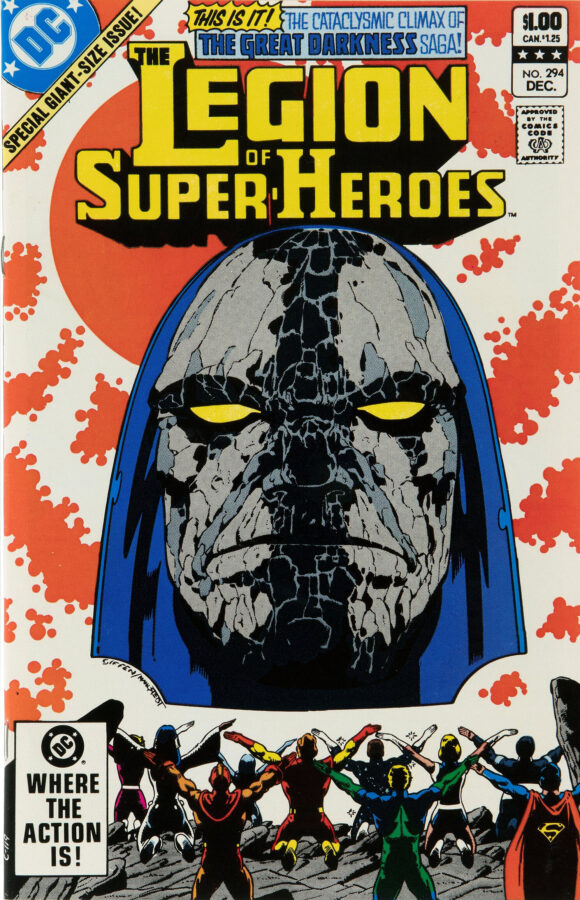
“But as time went on, I realized Spider-Man was my favorite hero. I think it’s because Spider-Man was a guy planted in reality. Peter Parker still had to work and make money so he could pay his rent and fill his refrigerator with groceries. That kind of grounding in the real world was what made him relatable to me and kept me coming back to him. The lessons I learned from those characters stuck with me, and when I was hired at Milestone Comics and saw what was being planned there, it just totally expanded my perspective on storytelling and characterization.”
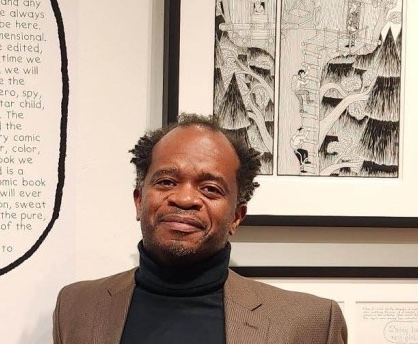
Illidge
—
Marc Guggenheim: “I’ll never forget… I was blown away when I saw the second appearance of the Vulture in Spider-Man (The Amazing Spider-Man #7, December 1963). That’s when I realized all those stories were connected, that characters could come back. I was used to the DC books of the time. I was used to stories done in one, where what happened in Issue #3 had no bearing on what would happen in Issue #4 and beyond.
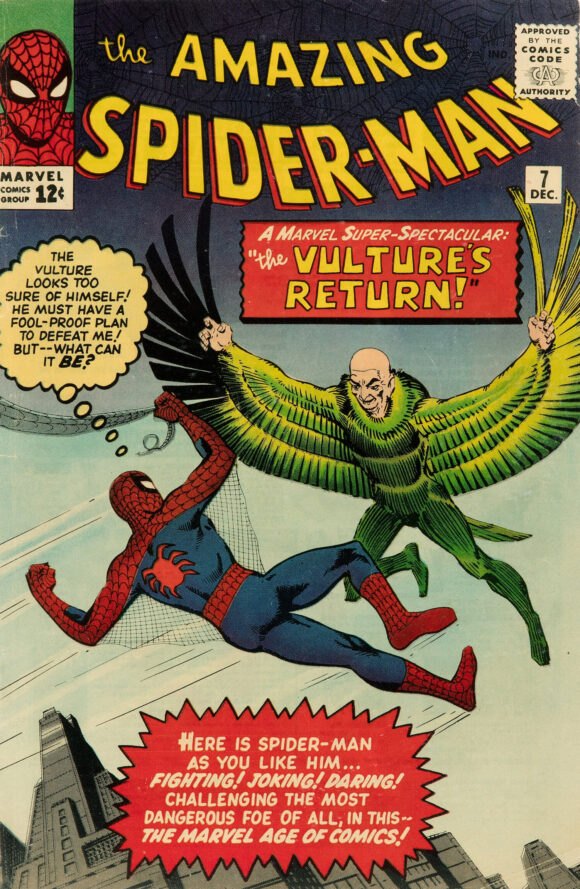
“That was the biggest difference with Marvel for me. It wasn’t so much that the characters were more grounded in reality, though they were, and it wasn’t the more soap operatic storytelling and character development, though they certainly had plenty of that. It was more, ‘Oh my God, they’re telling this long-form story!’ That just blew my mind.”

Guggenheim
—
Mike Avon Oeming. “I remember getting a stack of war comics, a bunch with Sgt. Rock and Unknown Soldier, the Haunted Tank, and those all primed me so that by the time I picked up that X-Men Annual, I was ready. I was I think 12 years old, and something told me I should follow through with this stuff. Comics used to run some classified ads for things like back-issue dealers and comic shops and I saw there was a store one town over from us.
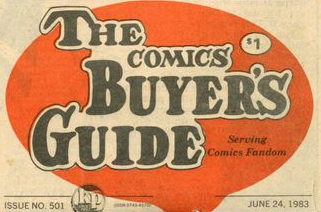
“My mom was going there for something, maybe a doctor’s appointment, so I asked her to pick me up something and she came back with an issue of Comics Buyer’s Guide. She said she had a 12-year old-son interested in comics and that’s what the retailer sold her. But it turned out to be a really good buy and super interesting because it gave me this window onto just how big the world of comics was.”

Oeming
—
NEXT: Different topic, more quotes! And not to make too fine a point of it but please check out and support the Kickstarter campaign so Direct Creativity can become a real book!
—
MORE
— Paul Kupperberg’s DIRECT CREATIVITY Is Now Live on KICKSTARTER. Click here.
— PAUL KUPPERBERG: My 13 Favorite Comics Discussed in DIRECT CONVERSATIONS. Click here.
—
PAUL KUPPERBERG was a Silver Age fan who grew up to become a Bronze Age comic book creator, writer of Superman, the Doom Patrol, and Green Lantern, creator of Arion Lord of Atlantis, Checkmate, and Takion, and slayer of Aquababy, Archie, and Vigilante. He is the Harvey and Eisner Award nominated writer of Archie Comics’ Life with Archie, and his YA novel Kevin was nominated for a GLAAD media award and won a Scribe Award from the IAMTW. Now, as a Post-Modern Age gray eminence, Paul spends a lot of time looking back in his columns for 13th Dimension and in books such as Direct Conversations: Talks with Fellow DC Comics Bronze Age Creators and Direct Comments: Comic Book Creators in Their own Words, available, along with a whole bunch of other books he’s written, by clicking the links below.
Website: https://www.paulkupperberg.net/
